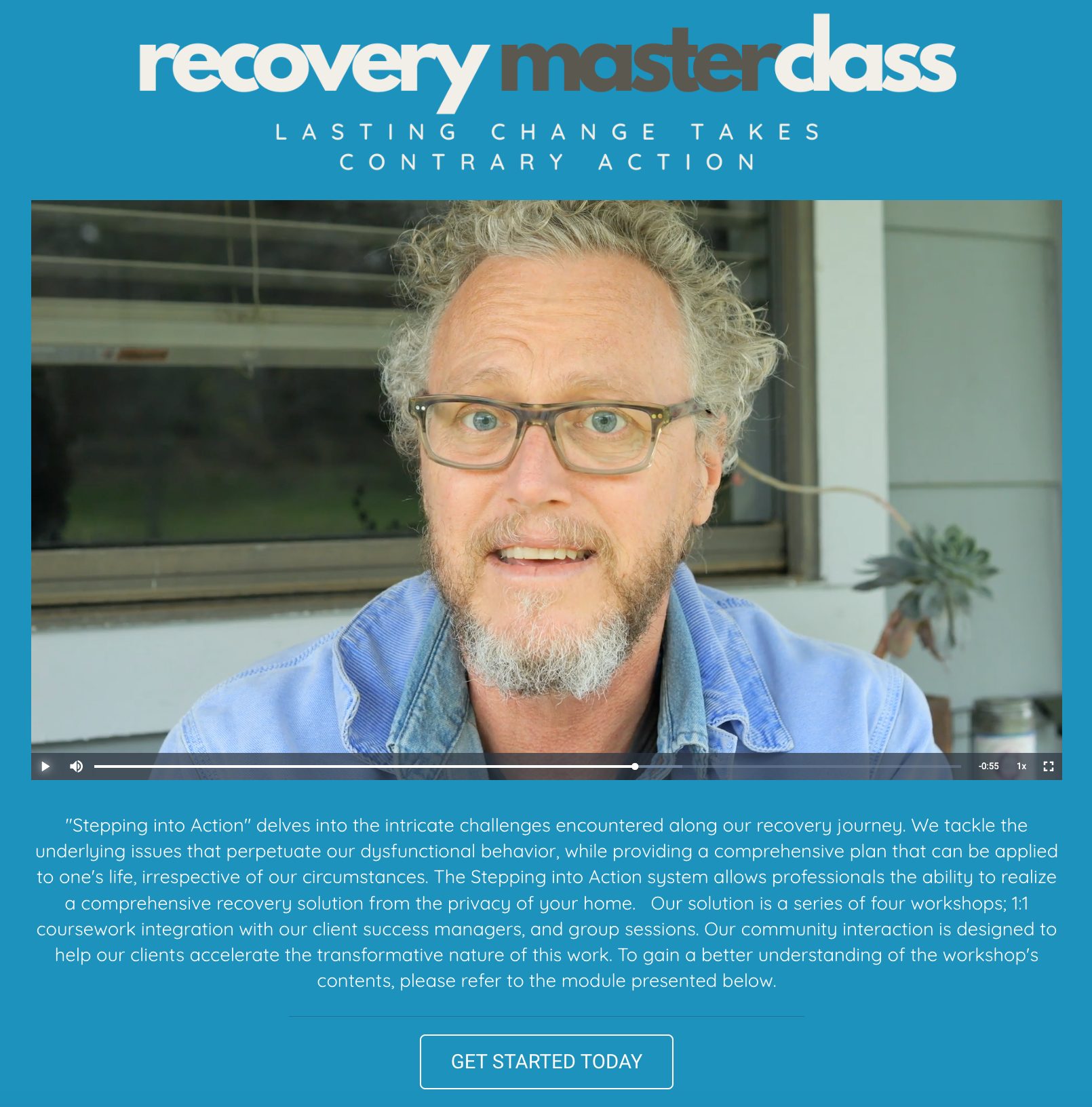Revise Transcript 5 For Clarity Without Removing Detail
Transcript 5: 00:00:00:00 - 00:00:14:44 Ron Hollis: Welcome, everyone. Today, I want to discuss several crucial aspects, including personality, identity, and now another critical element - the vertebrae of the inner self or true self, which collectively form our identity. 00:00:14:44 - 00:00:41:38 Ron Hollis: Imagine these vertebrae, each containing components of your 'self', such as self-acceptance, self-appreciation, self-determination, self-respect, and others. These are similar to vertebrae in a spine, which help us stand straight. Proper formation and solidity of these moral vertebrae enable us to face life's challenges effectively. 00:00:41:43 - 00:01:15:17 Ron Hollis: When you are born, these components are fluid, like mixing water with gelatin. Initially, you can drink it as a liquid. But over time, as you grow and experience life, this mixture begins to solidify, representing the formative years of your self-identity, leading into adulthood where it solidifies fully. 00:01:15:22 - 00:01:40:18 Ron Hollis: If you have well-formed and solidified vertebrae, you can manage life's trials effectively. Those who have access to solid self-love or self-motivation, as examples, don’t need external validation to feel or act competently. 00:01:40:18 - 00:02:07:33 Ron Hollis: However, the core issue arises when these vertebrae are hampered by traumas, leading to a lack of proper formation or solidity. Traumas might include acute events like physical or emotional abuse, or more chronic, repetitive stresses like constant criticism or neglect. 00:02:07:38 - 00:02:37:46 Ron Hollis: To survive these, we often wrap these vertebrae in a protective coating. This could be likened to putting a cover over a couch to protect it. While it shields the vertebrae from further harm, it also stops their growth and makes them hard to access, which affects how we respond to the world and deal with our internal feelings. 00:02:37:51 - 00:03:08:00 Ron Hollis: The protective mechanisms might be behavioral or chemical, like isolation or substance abuse, ingeniously preventing the pain of trauma but at a significant cost. The growth of our vertebrae halts, and we lose effective access to our core selves, making us dependent on external sources for things like motivation or validation. 00:03:08:05 - 00:03:35:27 Ron Hollis: The cessation of growth and loss of access eventually leads to dysfunctions, such as exaggerated needs for security, control, sensation, or even suffering; these are the roots of addictions or compulsive behaviors, as they attempt to compensate for the inner deficiencies caused by protected but underdeveloped vertebrae. 00:03:35:30 - 00:04:00:45 Ron Hollis: In summary, understanding and nurturing these elements of our inner self is critical. It requires not just healing from past traumas but also consciously choosing to remove these protective coatings in a safe and supportive environment, allowing for the true growth and access to our inner strengths and ultimately leading to a healthier interaction with the world around us.
© Copyrights by Hofman Hollis, LLC. All Rights Reserved.
